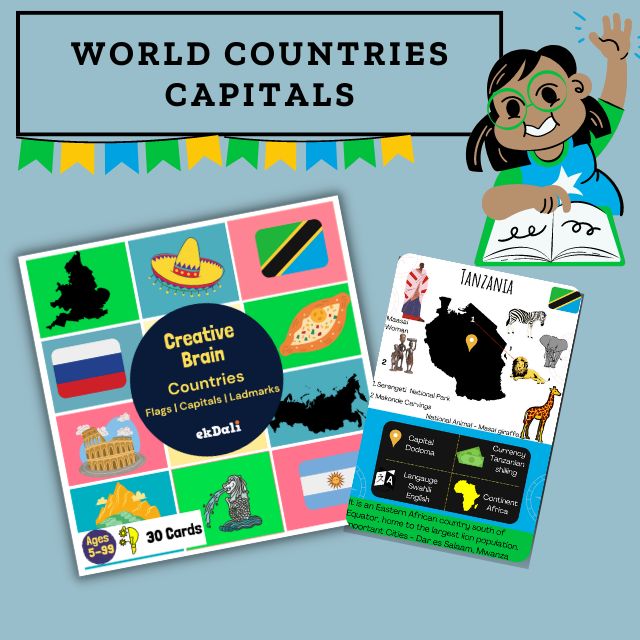Why, then, are nursery rhymes so crucial to young children's development, and what can early childhood educators do to make sure
Experts in literacy and child development have discovered that if children know eight nursery rhymes by heart by the time they're four years old, they're usually among the best readers by the time they're eight. -
Mem Fox, Reading Magic.
Children can learn important developmental skills in bite-sized chunks through nursery rhymes, which frequently serve as the catalyst for endless amounts of imaginative and open-ended play. They help children develop an interest in the rhythm and patterns of language and are an effective early literacy learning tool. Think about the rhyme in "Twinkle Twinkle Little Star," the onomatopoeia in "Baa Baa Black Sheep," the alliteration in "A Sailor Went to Sea Sea Sea," etc. Numerous nursery rhymes are also repetitive, which can aid in memory development and encourage speaking and listening exercises.
Another important advantage that nursery rhymes offer is that:
Language and Communication Development
Rhymes are a great way to increase vocabulary. Babies and young children find them easy to learn and repeat since they frequently have a pleasant rhythmic pattern. Children need to be exposed to spoken language frequently in order to develop their phonological awareness, and nursery rhymes are the ideal way to do this.
Physical Progress
Active minds and restless bodies will appreciate the chance to "play out" a favourite poem. Children who participate physically in action songs are encouraged to develop their balance, coordination, fine and gross motor skills, as well as the ability to follow simple instructions.
Numeracy
A young child will find counting songs (like "Five Currant Buns") to be entertaining and helpful in helping them become familiar with number sounds and phrases. Scale, size, and order are also introduced in songs like "When Goldilocks Went to the House of the Bears." Understanding counting songs lays the groundwork for developing important numeracy abilities and awareness
Knowledge of the World
Many nursery rhymes are very relatable to children's everyday experiences, and they will enjoy sharing these moments with their caregiver or practitioner. For example, Five Little Ducks might describe a trip to the park with Daddy to feed the ducks or a picture book about boats shared with a grandparent (Row Row Row Your Boat). In order to strengthen the connection between the setting and the child's home, practitioners might promote conversation with the children under their care.
Creativity
Children are inspired to express themselves creatively and to discover their unique "voice" by singing rhymes or participating in them physically. Children can act out the rhyme's various characters and events either alone or in groups, providing possibilities for role play. Additionally, play options with paints, clay, damp sand, or loose components are possible.
There are five simple methods to use rhymes in your environment:
Any moment during the day is a good time to sing or chant rhymes. They are quick and brief, making it simple to incorporate them into daily activities. Here are 5 simple strategies for including nursery rhymes in your environment.
1. Use a straightforward rhyme to go along with one of your daily activities, like a stroll to the playground or a craft project.
2. Make a point of teaching the "Rhyme of the Week" and singing it twice or three times daily. The majority of nursery rhymes may be sung in about two minutes, making this a quick and simple technique to increase repetition.
3. Read rhyme-filled picture books to your kids and encourage them to discuss the characters and plot points with you.
4. Create a "Rhyme Bag" for kids to explore and fill it with items that are related to rhyme, like puppets, cookie cutters (such as those from "Five Currant Buns"), small world figurines, a toy teapot and cup and saucer (such as "Polly Put The Kettle On," "I'm A Little Teapot," or rubber ducks.
5. Make a flash card with the lyrics to a variety of nursery rhymes, and encourage your staff to learn them and find creative ways to share them with the children throughout the day.
Children are now exposed to more songs than ever before thanks to modern technology, including pop songs, movie themes, and commercial jingles. Traditional nursery rhymes still have plenty of room and opportunity because young children have a huge repertoire of songs and tunes that they can learn and remember.
























